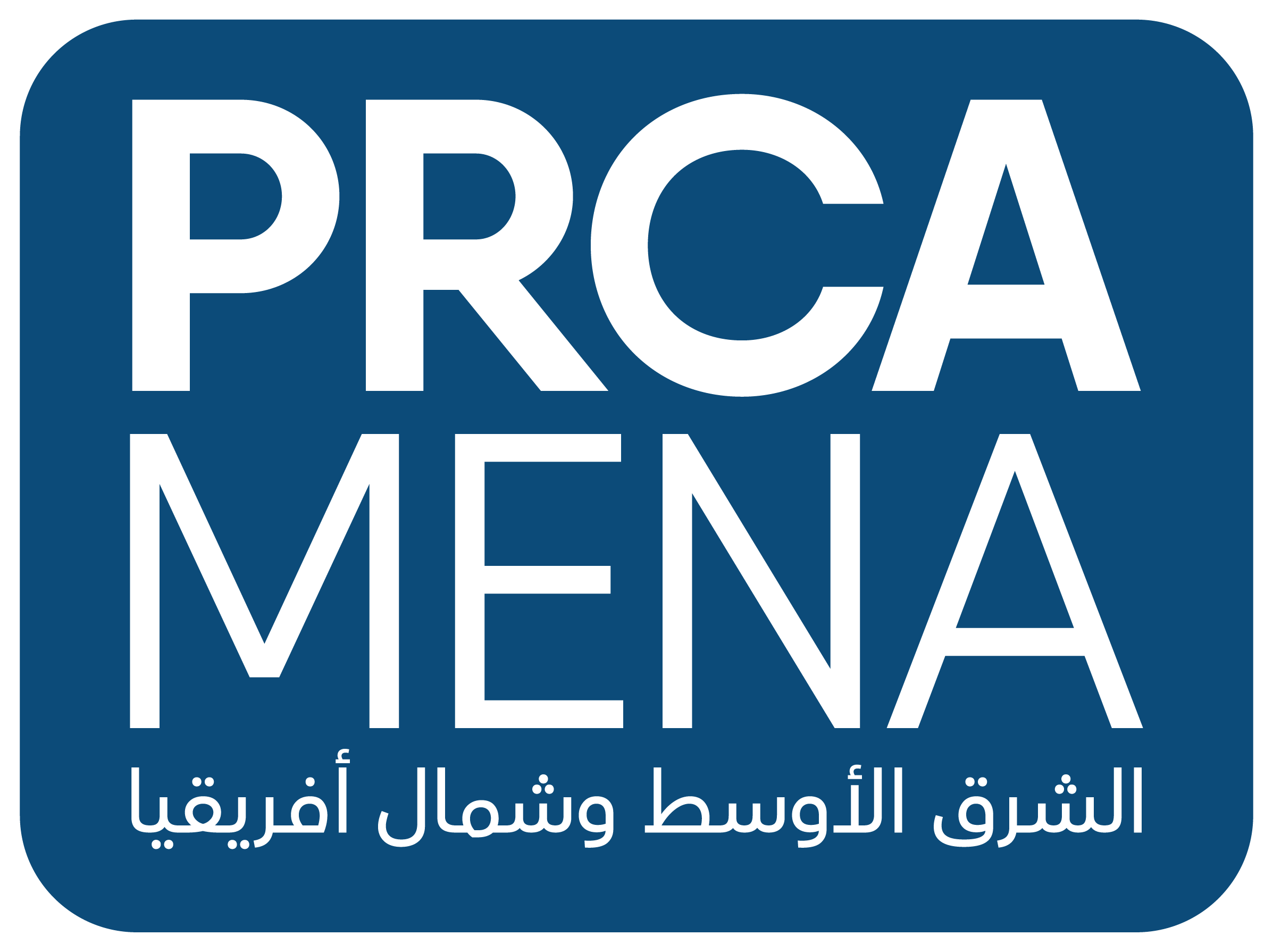Date/Time
Date(s) - 27/04/2020
12:30 pm - 3:30 pm
Summary:
New working practices present new challenges, especially for those not accustomed to communicating remotely.
They may now be expected to deliver a webinar, an e-learning or training workshop; they might need to remotely present a conference speech or take part in a panel discussion or pitch. They will certainly be running meetings and having one to one conversations, to:
• Exchange or impart information
• Maintain human connection, build/sustain relationships
• Lead, motivate, inspire others
• Make decisions
• Build profile externally/internally (their or their organisation’s/team’s)
Approached with skill and confidence, these are opportunities not just to keep things ticking over (until normal life resumes) but to deepen existing relationships and foster new ones.
However …….. Just as tennis players adapt their game for each surface, so we need to finesse our face to face communication style for the virtual world. It requires a particular set of tools and techniques, and a unique tone of voice. Normal rules don’t apply.
WHAT’S DIFFERENT?
Essentially, the fundamental pillars of good communication are amplified because we have fewer tools at our disposal and because the physical environment is more challenging. We are more exposed! The tools we do have must therefore work harder to enable us to achieve our objectives. . Plus, our audiences are in an unusual ‘place’, literally and mentally. Excellent communication rests on:
1. Content which is relevant and has impact (why should they listen?)
2. Bringing your ideas to life in a concise, memorable and engaging way
3. Delivering the content with maximum power and minimum distraction.
Event Type: Classroom
Preparation – more important than ever
Understanding and resonating with your audience (especially important in this time of emotional upheaval, reduced concentration/focus, multiple distractions)
Also consider most effective medium for objectives. Long meeting or ‘face to face’ format may not be most productive.
Clarity and conciseness of message
Being memorable, having impact (why should they care? How is this content of value to them?) NB long periods of screen time are tiring. We must be more respectful of people’s time
Adapting content for online –“Simplicity is the ultimate sophistication” L. da Vinci.
Structure, choreography and contrast – the key to engaging people
Distractions – huge problem – how to avoid/counter
Using variety of content and digital tools (polls, breakout rooms, white boards, chat function) to bring ideas to life and hold people’s even shorter attention span
Timing – how long, how many breaks? Choreograph as if a piece of TV.
Technical tools – how/where to sit, background, camera angle, size of ‘shot’, lighting
Being as familiar as you can with the technology.
Tone – finding your authentic ‘note’ online
‘Structured informality’ (it’s a more intimate setting, in people’s homes, so need to reflect that in style and language)
Communicating with presence/professionalism, even when not present in the room
Exuding warmth, even when you’re remote.
Clarity and conciseness of language
Being concise – in your questions and your contributions (avoiding rambling and repetition)
Eliminating filler words/phrases which belittle your content and distract others
Giving space to others, avoiding interruptions/overlap (quick fire banter doesn’t work).
Energy – one of the most important keys to holding an audience’s attention
Demonstrating enthusiasm on a small screen
Using the voice to maximum effect to encourage ongoing engagement
Body language and eye contact.
Getting your voice in the virtual room
The value of pre-meeting small talk
Techniques for contributing ideas with authority and impact.
Rehearsal – its value in preparing to speak into the ‘void’
Warm up exercises for face and voice.
Nerves – practical tools to manage them.
Leading a session – practical techniques to manage an online group interaction
Setting boundaries/protocols, clear agenda and objectives, avoiding distractions Managing conversation flow and controlling the ‘ramblers’.
Bookings
Bookings are closed for this event.

